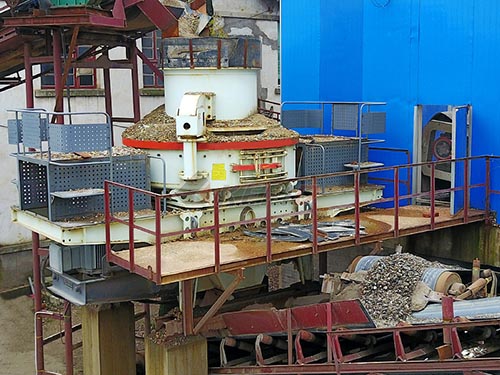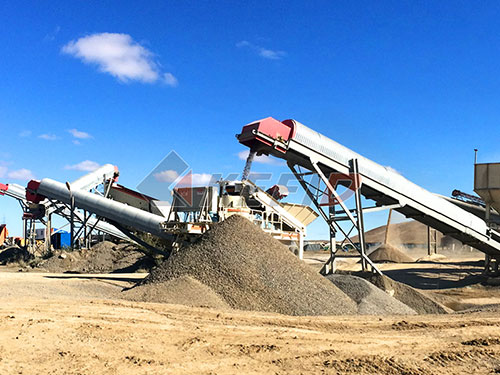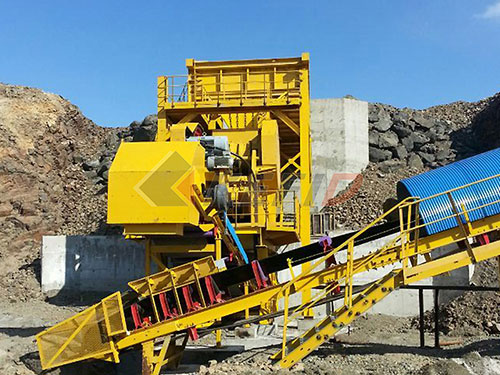
The Essential Art of Ore Crushing: Unlocking Earth’s Mineral Wealth
The journey of transforming solid rock into valuable metal begins with a fundamental step: ore crushing. This seemingly brute-force operation is, in reality, a sophisticated and critical stage in mineral processing, where raw ore extracted from the earth is systematically reduced in size to liberate valuable minerals from their waste rock matrix – a process known as liberation.
Why Crush? The Imperative of Size Reduction
Ore arrives at processing plants as large boulders or coarse fragments, often several feet in diameter. These dimensions are entirely unsuitable for the subsequent stages of mineral extraction:
1. Liberation: Valuable minerals (like gold specks, copper sulfides, or iron oxides) are typically finely disseminated within the host rock (gangue). Crushing fractures the ore along grain boundaries, progressively freeing these valuable particles.
2. Downstream Processing Efficiency: Grinding mills (the next stage after crushing) operate far more efficiently on smaller feed sizes. Feeding coarse material directly into mills drastically increases energy consumption and wear while reducing throughput.
3. Handling and Transport: Smaller particles are easier and safer to convey via belts or pumps through the processing circuit.
4. Beneficiation: Separation techniques like flotation, magnetic separation, or leaching rely on exposing mineral surfaces; effective liberation through crushing is paramount for high recovery rates.
The Science Behind the Break: Mechanisms of Fragmentation
Crushing isn’t just about brute force; it exploits inherent weaknesses within rocks:
Compression: Applying slow, powerful pressure between two surfaces (e.g., jaw crusher plates). Rock fails primarily by fracturing along internal planes when stress exceeds its compressive strength.
Impact: Delivering rapid blows by hammers or impellers against rock pieces (e.g., impact crusher). High kinetic energy causes shattering through tensile stress waves propagating through the material.
Attrition/Abrasion: Rubbing action between rock particles themselves or against surfaces under pressure (e.g., cone crusher mantle/concave interaction). This grinds off finer particles but is less efficient for primary size reduction than compression or impact.
Shear/Cleavage: Forces applied parallel to a plane within the rock causing sliding failure along weaknesses.
Most modern crushers utilize a combination of these mechanisms.

The Crusher Arsenal: Matching Machine to Task
Crushing is typically performed in stages:
1. Primary Crushing: Handles the

Leave a Reply